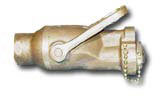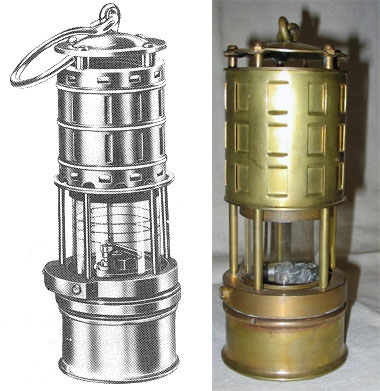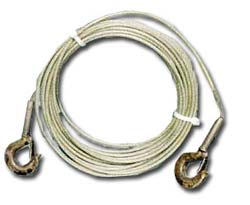| The Navy provided a woven steel wire life-line for
use by firefighters. The uses of the line were numerous;
while most of them were precautionary, firefighters
often had to rescue a person that had been overcome by
smoke or had slipped, fallen and was injured. The rescue
was affected with the life-line as a means of hauling
the injured person to safety. The life-line was
indispensable for hauling a stricken person from a
compartment, lowering a rescue party or equipment into a
compartment and various other uses. The life-line was
also used in shallow water diving. The life-line was 50
feet long by 3/16 inch in diameter, which was later
changed to 3/8 inch in diameter. Each end had a stout
steel snap hook for attaching to the “D” ring on the OBA
or air-line harness. The line had maximum pliability and
would slide freely around obstructions. The life-line
was never secured around or to the waist. The life-line
was attached to firefighters involved in tasks where
they had to take more than ordinary risks. It was manned
by a fellow shipmate who knew the emergency signals --
OATH -- so as to communicate with the wearer of the OBA
or shallow water breathing apparatus. He would pay out
the line off the coil with caution as tension was
created; he then slackened the line, being careful not
to allow it to become entangled. The following is the
tending line code for OBA/diver emergency signals. |




